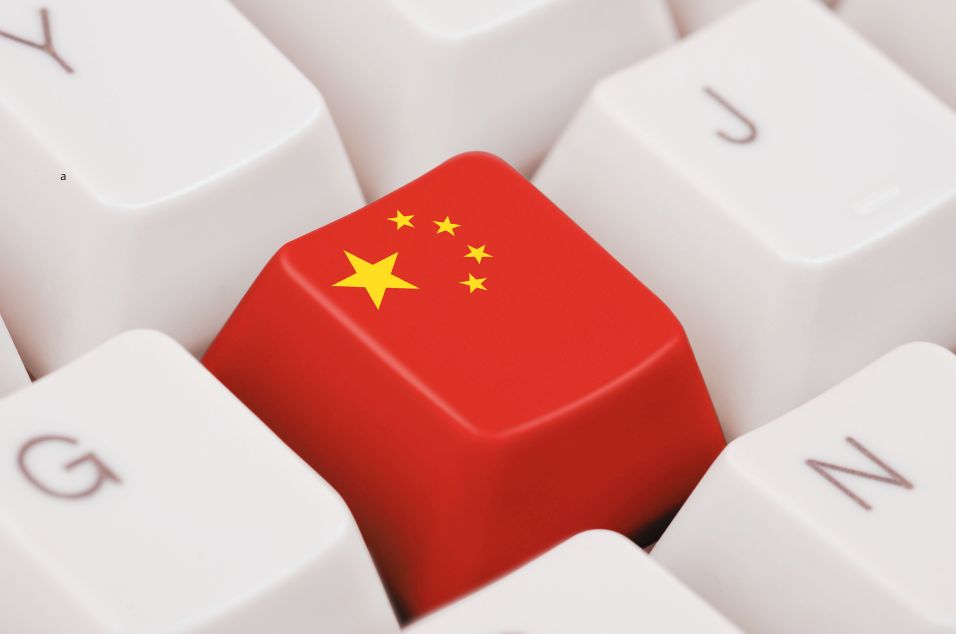E-commerce has shifted from being a trend to becoming a global economic engine. On the Brazil-Asia route, security, speed, and financial inclusion are the pillars of an integration that redefines markets and brings consumers from two continents closer together.
China continues to be the absolute powerhouse in the sector. In 2024, the country transacted approximately US$1.9 trillion in e-commerce, setting standards for logistical efficiency, digital wallets, and superapps that have become global benchmarks. This weight is not just numerical: it is cultural and technological, a model of how instant payments and digital integrations can support large-scale consumption.
Brazil, for its part, stands out as a promise and regional leader. The national e-commerce market surpassed US$346 billion in 2024, with expectations of exceeding US$586 billion by 2027. Another study projects nearly US$1.5 trillion by 2033, consolidating the country as the digital hub of Latin America. The engine of this expansion is Pix, which already accounts for about 40% of online purchases, and whose payment initiations jumped from R$624 million in 2023 to R$3.2 billion in 2024, representing growth of over 400%.
But where there is scale, risks arise. The integration between Brazil and Asia will only be sustainable if the topic of cybersecurity is at the forefront of the agenda. Data leaks, fraud, and digital attacks are increasing in proportion to the volume of transactions. The response requires more than just laws and regulations: it is necessary to invest in secure APIs, end-to-end encryption, real-time monitoring, and machine learning for fraud detection.
The LGPD in Brazil and the advancement of Open Finance, which already has over 103 million data sharing consent agreements, provide a solid foundation for consumers to purchase from Asian retailers with confidence.
Speed is another differentiator. Whereas in the past an international card meant bureaucracy and high fees, today, Pix and digital wallets offer instant settlement, reducing currency barriers and increasing conversion. This experience brings the Brazilian consumer closer to the Asian reality, where paying with a QR code or through a superapp is routine.
Full financial inclusion completes the tripod. About 40 million Brazilians still live in a state of underbanking, yet they are already using Pix and digital wallets in their daily lives. By allowing these consumers to participate in international trade without relying on credit cards, we are creating an unprecedented market, democratizing access to global goods and services. For Asian companies, accepting local payment methods is more than just adaptation; it is a strategy to win millions of new customers.
We are facing a historical opportunity. China shows the way of scale and efficiency; Brazil demonstrates how regulatory innovation and a diversity of payment methods can generate inclusion. The challenge is to maintain a solid bridge, combining robust security, transactions in seconds, and access for everyone.
In the integration of Brazil and Asia, we are not just talking about digital transactions. We are talking about trust, about a shared economic future, and about a global market that increasingly operates in real time.


